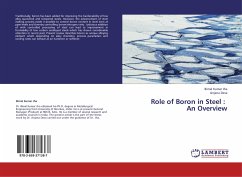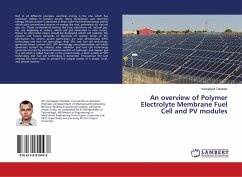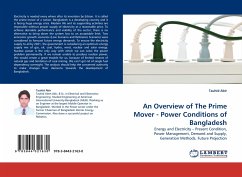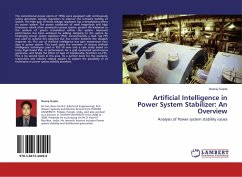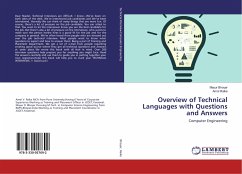Traditionally, boron has been added for improving the hardenability of low alloy quenched and tempered steels. However, the advancement of steel making process made it possible to control boron content in steel even at ppm levels and thereby controlling boron/nitrogen ratio. Judicious addition of with controlled processing of steel can lead to improvement in formability of low carbon unalloyed steels which has drawn considerable attention in recent past. Present review describes boron as unique alloying element which depending on alloy chemistry, process parameters and cooling rates can behave as an hardener or softener.
Bitte wählen Sie Ihr Anliegen aus.
Rechnungen
Retourenschein anfordern
Bestellstatus
Storno

